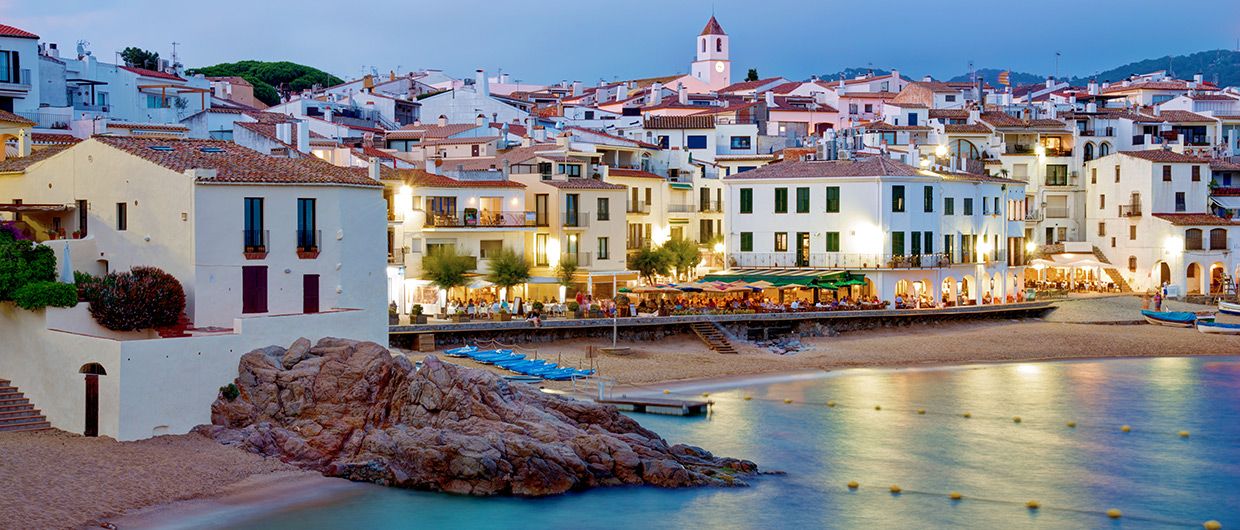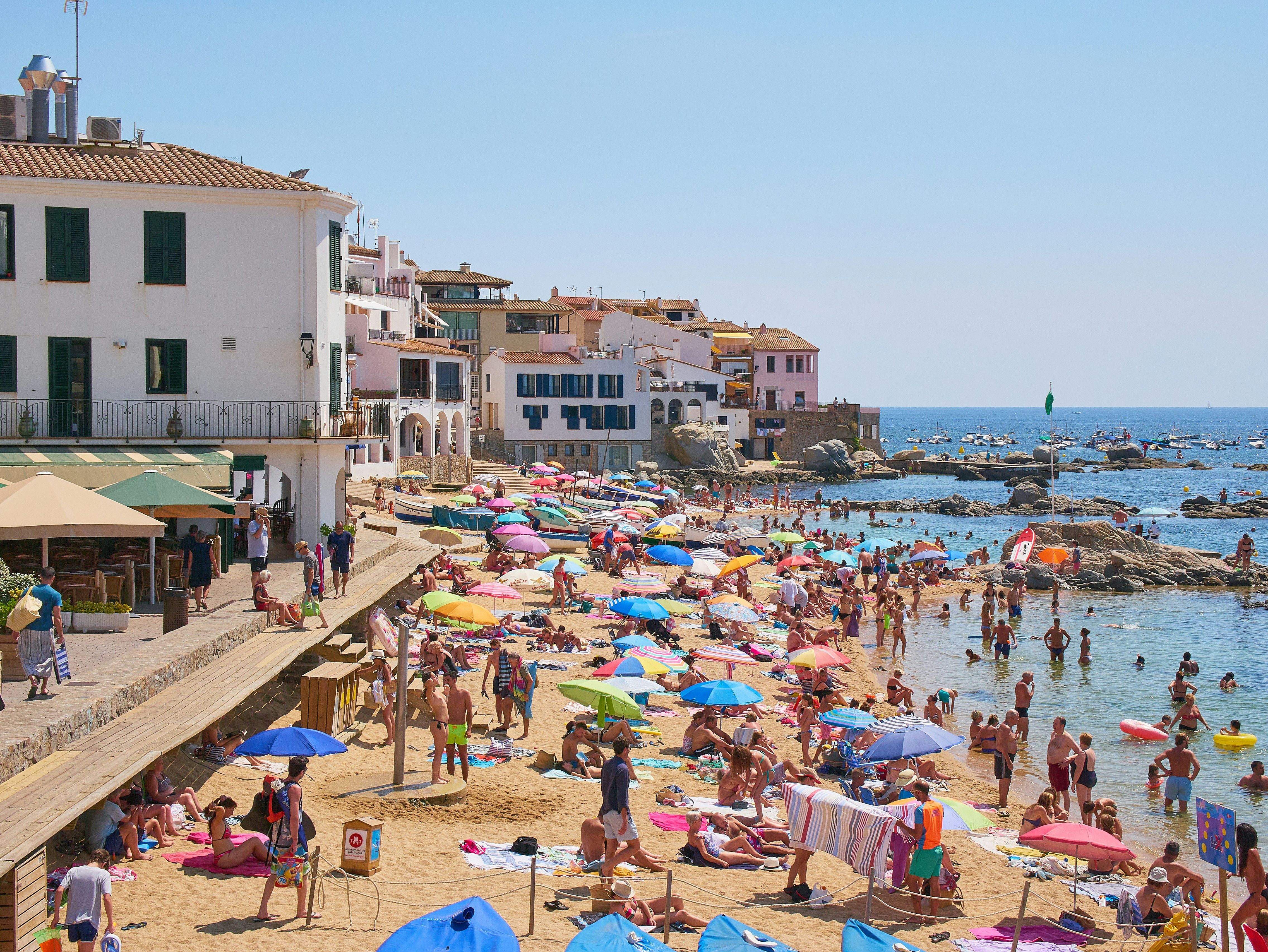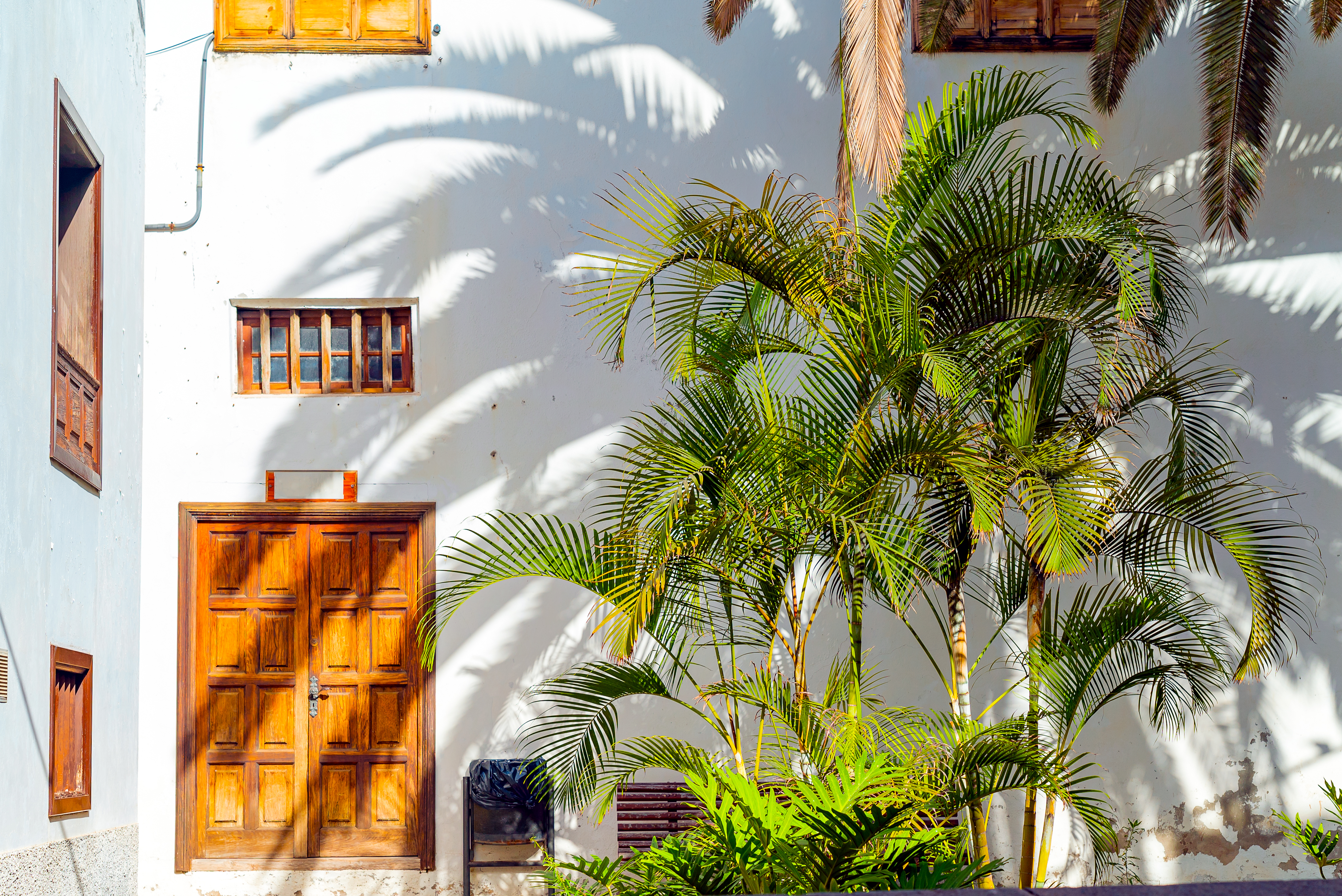Introduction: Spain's Unprecedented Tourism Boom in 2025
The Spanish tourism sector is experiencing a monumental year. The first half of 2025 has set a new benchmark, with Spain welcoming a record-breaking nearly 44.5 million international tourists. This incredible figure marks a significant 14% increase compared to the same period in 2024, confirming the country's status as a dominant force in global travel.
This surge in visitors has also ignited the economy, with tourist spending soaring to an astonishing €59 billion. These Spain tourism statistics for 2025 don't just point to a recovery; they signal a new era of growth and popularity.
In this comprehensive analysis, we will:
- Dive deep into the record tourism numbers.
- Spotlight Spain's most popular destinations, including gems like Javea (Xàbia).
- Explore the key factors driving this success.
- Examine how Spain is tackling challenges like overtourism with a focus on sustainability.

A Deep Dive into the 2025 Spain Tourism Statistics
The headline figures are just the start. The 14% year-on-year growth demonstrates a powerful and sustained momentum. But what's happening behind the numbers?
Visitor Spending and Key Markets
The economic impact is profound. The average daily expenditure per tourist has climbed to €209, indicating a trend towards higher-value tourism. This shows that visitors are engaging more deeply with Spain's diverse offerings, from its gastronomy to its cultural sites.
So, where are these tourists coming from?
- United Kingdom: Remains the top source market, with over 4.7 million visitors in the first four months of the year.
- France & Germany: Follow closely, with nearly 3.4 million and over 3.3 million tourists, respectively.
- The Netherlands & Belgium: Show strong numbers, with a combined total of over 3.5 million visitors in the first half of 2025.
- The Americas: Visitor numbers from the US, in particular, have shown exceptional growth, up 20.7% from pre-pandemic levels.
This data underscores Spain's broad international appeal and its successful market diversification.
Popular Destinations in Spain: Where Are Tourists Going in 2025?
While the success is nationwide, certain regions are clear frontrunners in attracting international visitors.
1. Catalonia: More Than Just Barcelona
Catalonia continues to be the most visited region in Spain. While the allure of Barcelona is undeniable, tourists are increasingly exploring:
- The Costa Brava: Known for its rugged cliffs and pristine coves.
- Girona: A historic city with medieval walls and a famed culinary scene.
- The Dalí Theatre-Museum: A surrealist journey in Figueres.
This combination of city life, coastal beauty, and unique culture makes Catalonia tourism a powerful magnet.
2. The Balearic Islands: A Paradise for Every Traveler
The Balearic Islands are a consistent favourite. Each island offers a distinct experience:
- Mallorca: Perfect for families, cyclists, and hikers exploring the Serra de Tramuntana mountains.
- Ibiza: World-renowned for its nightlife but also a hub for wellness retreats and bohemian culture.
- Menorca: A UNESCO Biosphere Reserve, leading the charge in sustainable tourism in Spain.
3. The Canary Islands: The Ultimate Year-Round Destination
Thanks to their subtropical climate, the Canary Islands are a top choice throughout the year. The volcanic landscapes of Tenerife and Lanzarote and the endless beaches of Fuerteventura offer dramatic and diverse holiday options, making Canary Islands tourism a cornerstone of the Spanish travel industry.
Home of paella and endless orange groves, the Valencian Community is another tourism heavyweight. Its coastline, the Costa Blanca, is a major draw, with destinations like Javea (Xàbia) seeing a huge surge in popularity. Javea perfectly encapsulates the region's appeal with its three distinct areas:
- The Arenal: A bustling, sandy beach perfect for families.
- The Port: A working fishing port with a gravel beach and fantastic restaurants.
- The Old Town: A historic centre with traditional Spanish architecture and a vibrant market.
Sheltered by the majestic Montgó mountain, Javea tourism thrives on its stunning coves like Cala Granadella and Cala Portitxol, making it a paradise for snorkelers, hikers, and those seeking authentic Mediterranean beauty.

Why is Spain a Popular Tourist Destination? The Secret to Success
Spain's formula for success is a potent mix of timeless appeal and modern advantages.
- World-Class Beaches: The classic "sol y playa" (sun and beach) offer remains a primary draw.
- Rich Culture and Heritage: From Moorish palaces to avant-garde art, Spain is home to 49 UNESCO World Heritage sites.
- Exceptional Gastronomy: Spanish food, from tapas to Michelin-starred dining, is a destination in itself.
- Excellent Infrastructure: A network of high-speed AVE trains and modern airports makes traveling within Spain easy and efficient.
The Future of Spanish Tourism: Sustainability and Managing Success
This record-breaking success brings challenges, most notably overtourism. Popular hotspots are facing pressure on local housing and infrastructure. In response, Spain is taking decisive action.
The government's Sustainable Tourism Strategy 2030 aims to create a more responsible tourism model. Key initiatives include:
- Sustainable Tourism Taxes in regions like the Balearics and Catalonia to fund environmental projects.
- Regulations on holiday rentals to protect local communities.
- Promoting off-season travel and highlighting lesser-known regions to distribute visitor numbers more evenly.
These steps are crucial for ensuring the long-term health of Spain's tourism industry and preserving the very assets that make it so attractive.
"A Traveler's Guide to Sustainable Tourism in Spain."
Conclusion: A Bright and Sustainable Future for Tourism in Spain
The first half of 2025 has been a resounding triumph for Spanish tourism. The country has not only broken all previous records but is also actively shaping a more sustainable and resilient future. By balancing immense popularity with responsible management, Spain is solidifying its position as a world leader in travel for many years to come.
Frequently Asked Questions (FAQ)
Q1: How many tourists visited Spain in the first half of 2025?
A1: Spain received a record number of nearly 44.5 million international tourists in the first six months of 2025, which is a 14% increase compared to the same period in 2024.
Q2: What are the most popular tourist regions in Spain?
A2: The most visited regions include Catalonia, the Balearic Islands, the Canary Islands, and the Valencian Community, which is home to the popular Costa Blanca and destinations like Javea (Xàbia).
Q3: How is Spain dealing with overtourism?
A3: Spain is implementing its Sustainable Tourism Strategy 2030, which includes measures like tourist taxes, regulations on vacation rentals, and promoting travel to less-visited regions and during the off-season to manage tourist flows responsibly.






